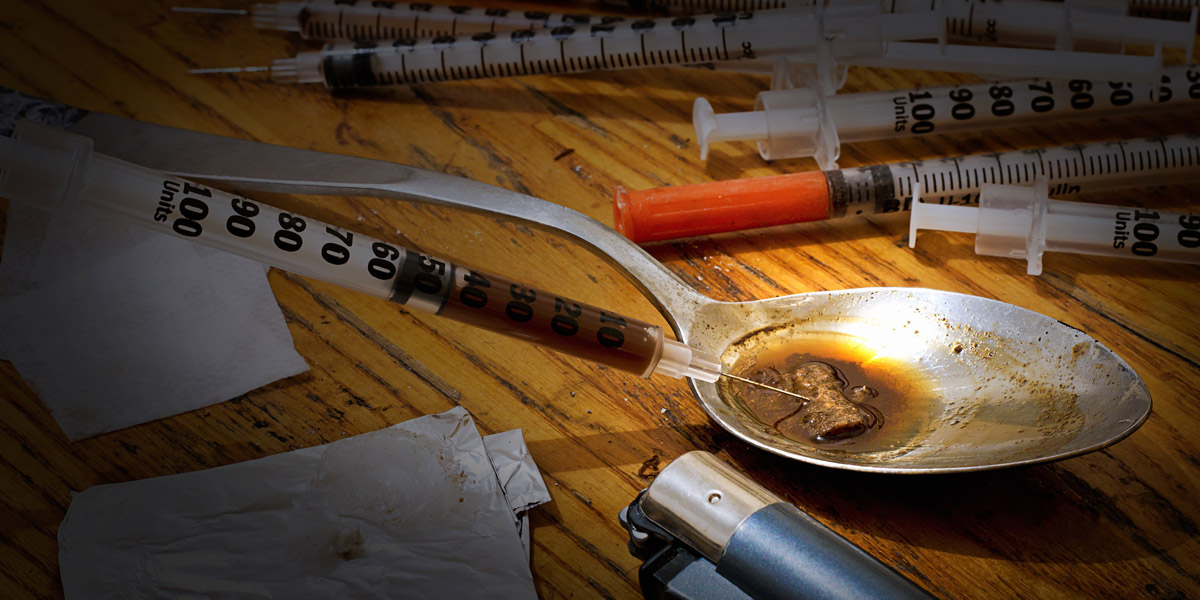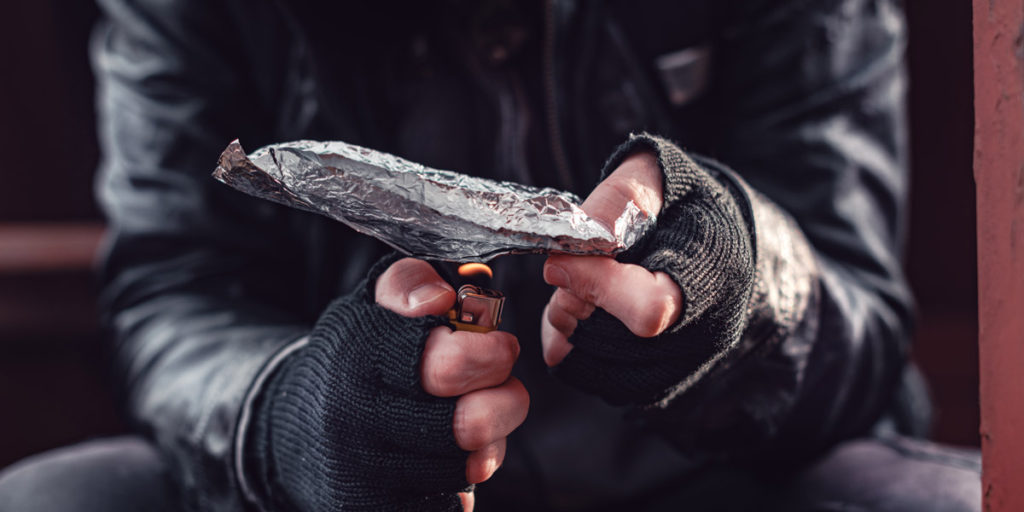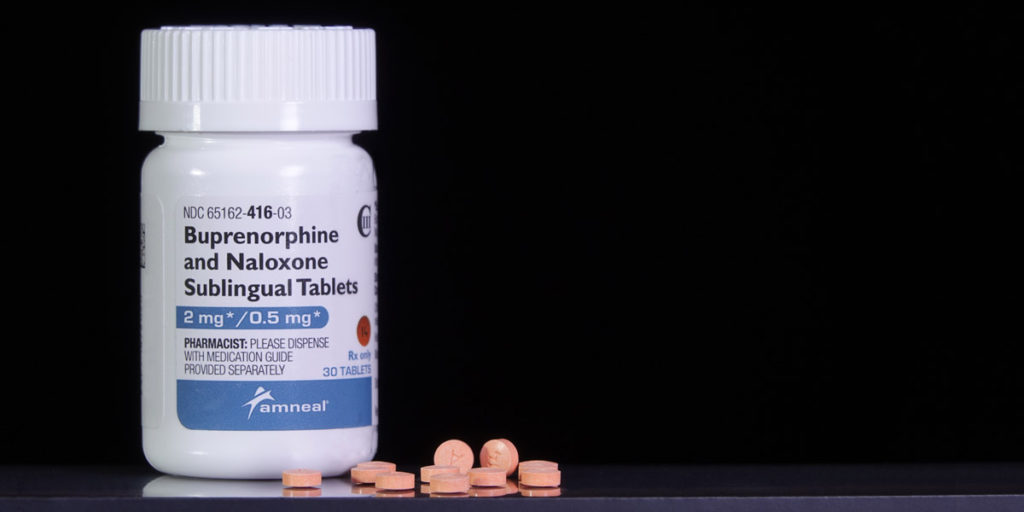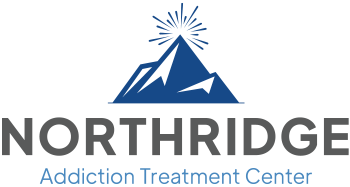Heroin Use: Dangers, Effects, and Treatment

What Is Heroin?
An illegal and highly dangerous drug, heroin is one of the most commonly abused opioids globally. Heroin is an opioid, a class of medications used to treat moderate to severe pain; however, it can’t be legally prescribed in the U.S.
Most heroin found on the street contains additives and poisons. To increase profit, dealers dilute the substance. They “cut” the heroin with sugar, starch, baking soda, caffeine, and powdered milk that can clog blood vessels, causing permanent damage. Sometimes it gets cut with strychnine, a common pesticide meant to kill small birds and rodents, or other poisons.
What Does Heroin Look Like?
Pure heroin is a bitter, fine white powder, but it is typically sold in a brown or gray powder. Black tar heroin is a sticky black substance closest resembling roofing tar. The color variations come from the low-grade processing methods that leave toxins behind. This type of impure heroin is usually dissolved and diluted before injection.
What Is Heroin Made From?
Heroin is made from morphine. Opiates are a natural medication derived from the juice of the opium poppy. Similarly, opioids are the synthetic chemical compound. The primary opiate found in the harvested opium poppy juice is morphine. Further processing is then needed to turn the opium poppy liquid into heroin.
Street Names for Heroin
Common heroin street names include:
- H
- Big H
- Horse
- Smack
- Skag
- Junk
- Beast
- Brown sugar
- Dragon
- Boy
- Mud
- Hero
- Hell Dust

Heroin Use
Heroin is usually injected, smoked, or snorted, also referred to as sniffed. However, it is one of the most commonly used drugs among individuals who use through a needle. Injecting heroin into a vein produces the most intense and quickest onset of its effects, feeling it within 7 to 8 seconds. But, when injecting it intramuscularly, directly into a muscle, compared to intravenous, injecting into a vein, the high comes on relatively slow, 5 to 8 minutes.
When you snort or smoke heroin, the peak effects are typically felt within 10 to 15 minutes. Even though smoking and snorting heroin don’t produce such a quick or intense high as injecting, the National Institute on Drug Abuse (NIDA) has reported a shift of heroin use to sniffing and smoking.
The Effects
Heroin is exceptionally addictive because of how fast it enters the brain. After use, heroin converts to morphine and binds to brain receptors. As a result, people report feeling a rush or a sudden surge of pleasure, although users usually feel tired for many hours after the initial enjoyable effects.
Short-term effects
Heroin use gives a feeling of euphoria but also accompanies a lot of other common side-effects, such as:
- Dry mouth
- Warm flushing of the skin
- Nausea
- Vomiting
- Heavy feeling in arms and legs
- Severe itching
- Clouded mental function
Long-term effects
Prolonged heroin use can cause:
- Insomnia
- Scarred and/or collapsed veins for individuals who inject
- Bacterial infections of the blood vessels for individuals who inject
- Infection of the heart lining and valves
- Abscesses (boils or swollen tissue filled with pus)
- Soft-tissue infections
- Constipation and stomach cramping
- Lung complications (different types of pneumonia and tuberculosis)
- Liver or kidney disease
- Mental disorders including depression and antisocial personality disorder
- Irregular menstrual cycles for women
- Sexual dysfunctions for men

Dangers of Heroin Use
Many additives in heroin sold on the street contain substances that don’t easily dissolve and can clog blood vessels that lead to your lungs, liver, kidneys, or brain. This triggers immune reactions that cause arthritis and other similar severe problems. It also restricts oxygen from reaching the tissues resulting in the death of cells in crucial organs. In grave circumstances, this can lead to coma, seizures, and death in extreme cases.
And although there has been a decline in individuals using syringes as a form of heroin abuse, it remains prevalent. The dangers of injection drug use are categorized into three hazardous risks:
Intravascular infections – Infections can grow on the heart valves and travel to other organs, such as the lungs. But, if an infection reaches the left side of the heart, it can travel to many other places in the body.
Symptoms at the injection site itself – A needle can break off and become embedded in the skin or vein at the injection site. In addition, skin infections and boils can form at the injection site and become so severe that they can cause internal bleeding or swelling of skin tissues.
Infectious disease transmission resulting from shared needles and/or sex with other users that use syringes – Sharing needles holds a high risk of transmitting deadly viruses, specifically hepatitis B and C, human immunodeficiency virus (HIV), and other blood-borne viruses.
Heroin Overdose
Besides the rest of the dangers that can result in death from heroin use, research shows that heroin overdoses have increased in the current years. When you overdose on heroin, your breathing stops or slows down too much to meet the body’s needs. As a result, it limits the amount of oxygen that reaches the brain, resulting in harmful effects on the nervous system and the brain, such as coma and permanent brain damage.

Heroin Addiction Treatment
There are a variety of treatments that have proven effective with heroin addiction. However, the method of treatment is entirely dependent on the individual and their particular needs. Medicines and behavioral therapies, such as cognitive behavioral therapy, have demonstrated benefits in suppressing relapse and managing the addiction.
Medication assisted treatment (MAT) has a growing amount of research-based evidence to show its effectiveness. The advantages of reducing harm with MAT outweigh the risks of having a confirmed problematic, reoccurring use of opioids. FDA-approved medications to help treat heroin dependency include buprenorphine, methadone, and naltrexone. They help by binding to the same brain receptors as heroin to reduce cravings and withdrawal symptoms.
Where Can I Find Treatment and Support?
If you or someone you know is facing a heroin use disorder, help is available. Northridge Addiction Treatment Center offers effective treatment program options for your substance use and mental health. Find out about our medication assisted treatment (MAT) program and behavioral therapies to learn how they can help you heal. Contact a specialist at NATC today.
Find Meaningful Recovery
Our caring and compassionate specialists are eager to help you comfortably navigate this journey to recovery. Our individualized treatment plan, programs, and therapies may be a perfect match for you or your loved one. Let us assist you in living the happy life you deserve. It starts with a phone call.




